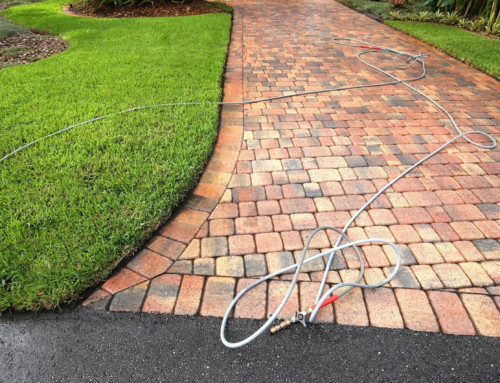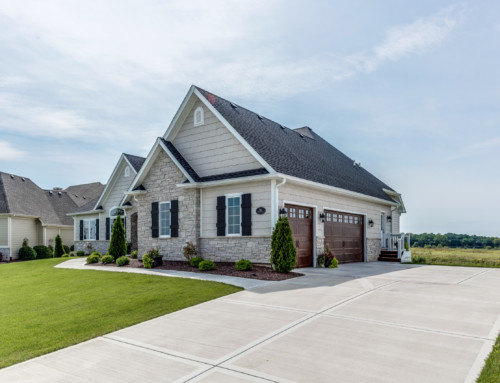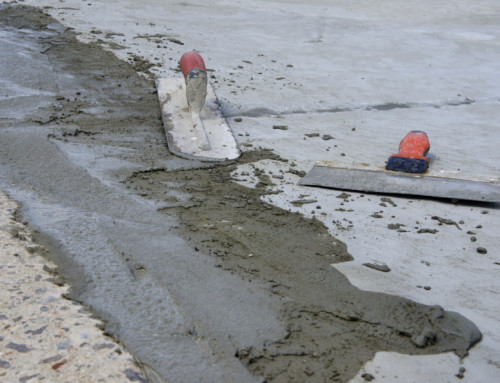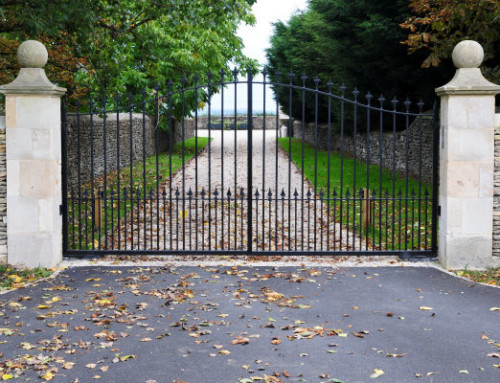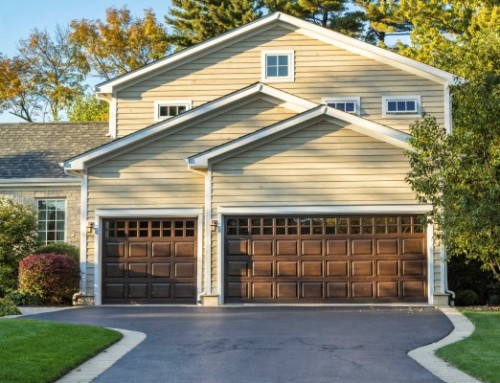If you need to pave or repair your driveway, it is understandable that you prefer to do the job right away. A driveway in poor condition is unsightly and rough, and existing damage can worsen over time. However, paving or making repairs at the wrong time of year can prove to be an expensive mistake. Major repairs and new paving should only be done during the late spring and summer months, though emergency patching can be done at any time. Here is what you should know.

Hot Mix Asphalt vs. Cold Patching
“Hot mix” asphalt arrives at your home in a heated truck. Inside the truck, it is kept in a liquid state that keeps the embedded aggregates evenly mixed and makes it easy to pour. In warm weather, it can be poured, spread, and leveled off while it is still liquid. As it cools, it hardens evenly, forming a durable, long-lasting surface.
In cold weather, though, the temperature of the asphalt begins to drop rapidly when it leaves the truck. This can cause it to thicken, leading to an uneven pour. It can even start to harden before the job is finished. In addition, if the ground is frozen, the embedded aggregates can loosen and even break free from the binder.
These factors can cause your driveway to look and feel uneven, damage the underlying structure of the asphalt, allow water intrusion, and lead to premature asphalt failure. For these reasons, cold weather paving is never recommended.
Temperature Factors
Exactly what the temperature needs to be depends on the work that you are having done. For a new driveway, the base layer should be placed only when the ground temperature is at least 5 degrees Celsius. Upper layers require higher temperatures of at least 10 degrees Celsius.
Note that these temperatures are absolute minimums. For the maximum working time of the liquid asphalt, which translates into the best results, it is better to wait until the ambient air temperature is at least 20 degrees Celsius. This makes late spring and summer the perfect time to have your driveway paved or repaired.
Precipitation Considerations
Temperature is not the only weather factor that can affect new asphalt. Precipitation is also a concern. While it is fine to lay or repair asphalt in a light drizzle, significant amounts of rain can cause the asphalt to cool too quickly, and can even cause water damage when laying the base layers. Therefore, the drier summer months are an ideal time to schedule your project.
Emergency Repairs
Of course, sometimes emergencies arise. If your driveway develops serious potholes, deep cracks, or other major signs of structural failure, it is crucial to repair it as soon as possible, even in the middle of winter. In this case, cold mix asphalt is the solution.
Cold mix asphalt, as the name suggests, does not have to be kept hot. It is mixed in a way that keeps it pliable even in freezing weather. However, it is generally considered a temporary solution. In most cases, a cold mix patch will get you through the winter, but it should be replaced with a proper hot mix repair once the weather warms up.
Your driveway is a very important part of your home. If you need a new driveway, or to have repairs made to your existing driveway, it is only natural to want the project completed as soon as possible. However, due to the nature of asphalt, this is not always the best choice.
Using a cold mix patch if needed and waiting until the weather is warm and dry will provide the best possible conditions for your new driveway. With an average lifespan of 20 or more years, a driveway is a significant long-term investment, so it only makes sense to install or repair it under ideal circumstances.
Get Started With Topwest Asphalt
Based in Abbotsford, Topwest Asphalt also serves Langley, Chilliwack, Mission, and Maple Ridge. Are you ready to start your next asphalt project with a team you can count on to do the job right, on time, and on budget? We invite you to call Topwest Asphalt today at 1-800-ASPHALT to discuss your project and schedule an estimate. We look forward to working with you!

